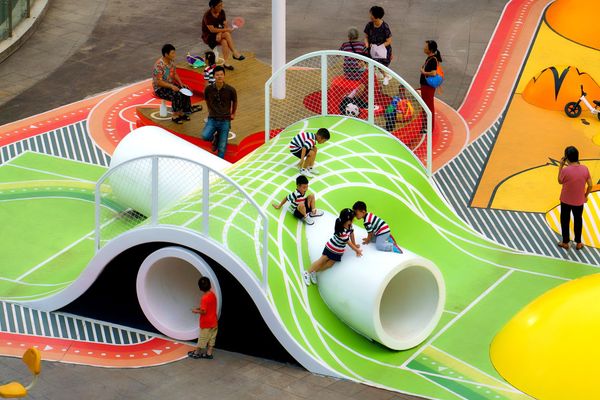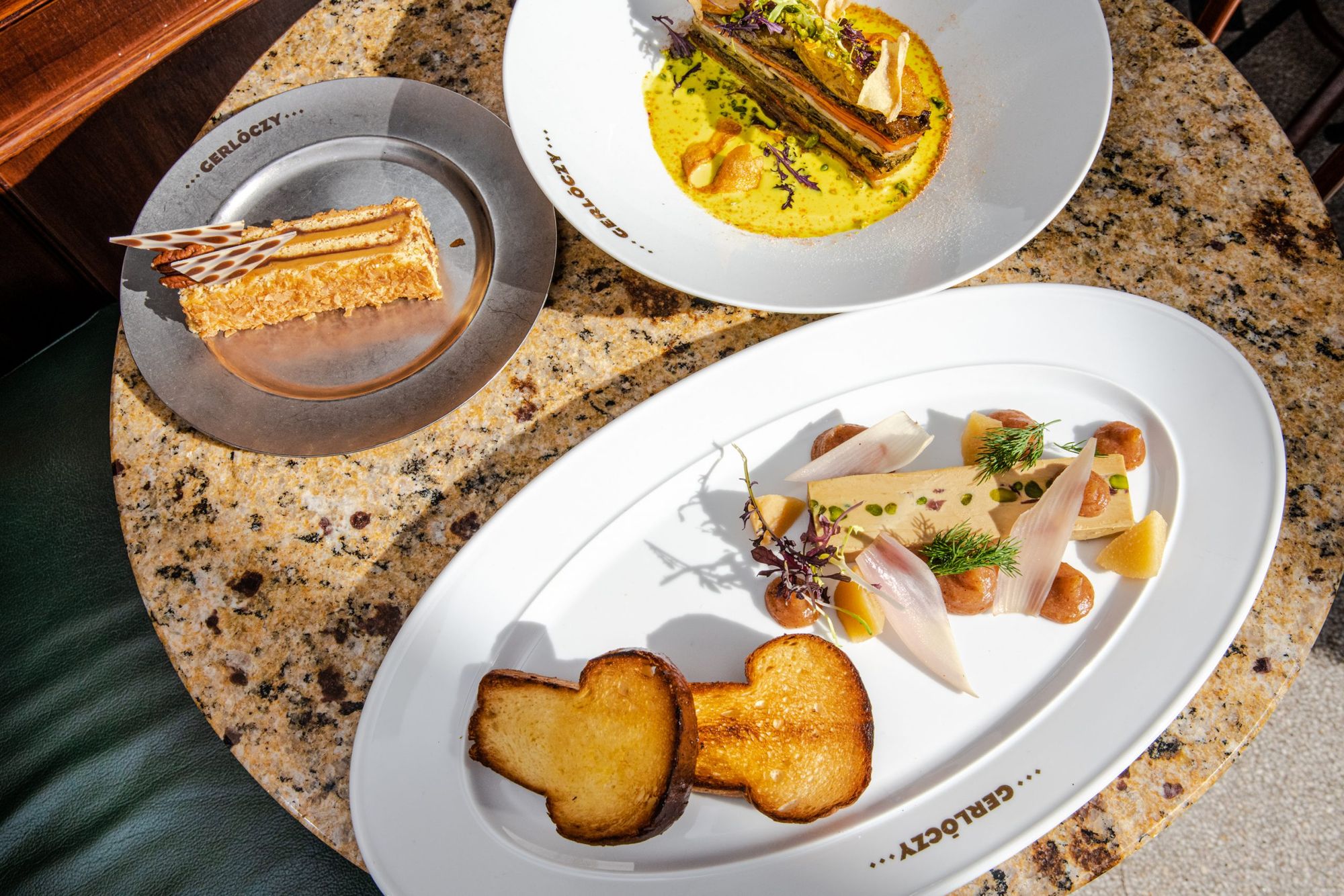With the first rays of the spring sun, we get the urge to discover the hidden corners of the city. In our new series, we present venues that are not located alongside the Grand Boulevard, but are still popular spots in the gastronomic scene of Budapest for the more exploratory guests. Ideal places for a coffee, a nice lunch or a friendly get-together with pho and thai curry—things worth living for.
Budapest Coffee Stand
1085 Budapest Kölcsey Street 1.
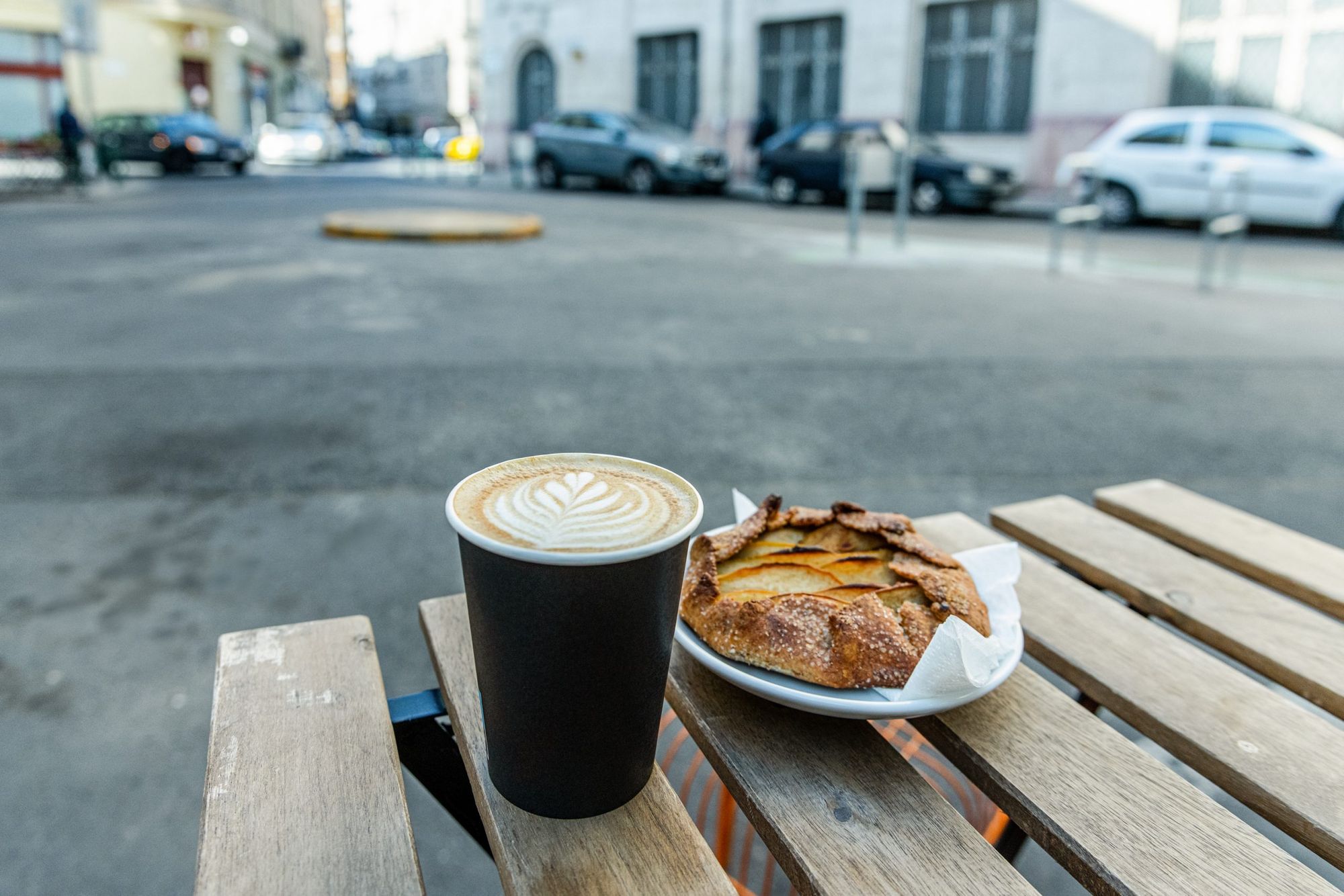
If there were a competition for the title of the “Tiniest coffeeshop of Hungary,” Budapest Coffee Stand would most likely finish at the top of the podium. We could hardly even call it a coffeeshop, as it’s a stand at the corner of two streets, coffee is made behind the counter and order in or take away practically means the same thing. But it’s all good, as Gutenberg Square and its surroundings are ideal for a walk when the weather’s nice. What is more, owners Máté Tóth and Simon Varga-Tóth even added their home-roasted coffee to the selection, which means no need to compromise. The fact that there’s a similar coffeeshop nearby makes finding it a tiny bit more complicated—which leads to some conflict, as well—but if you let your nose guide you to specialty coffee and freshly baked goods, you won’t be disappointed. And if you happen to wander around 11 Dob Street or 7 Kazinczy Street, you’ll stumble onto them, as well.

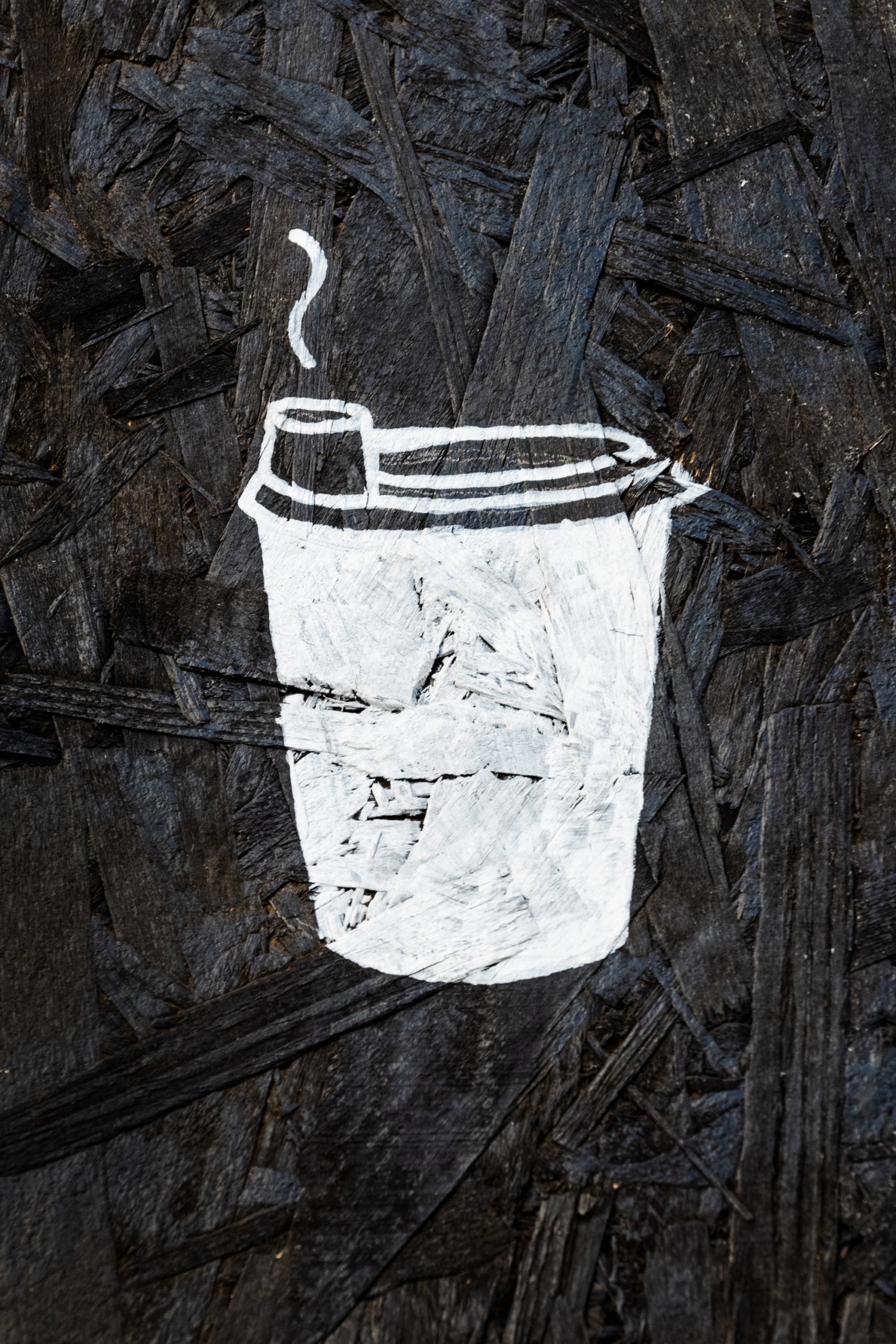
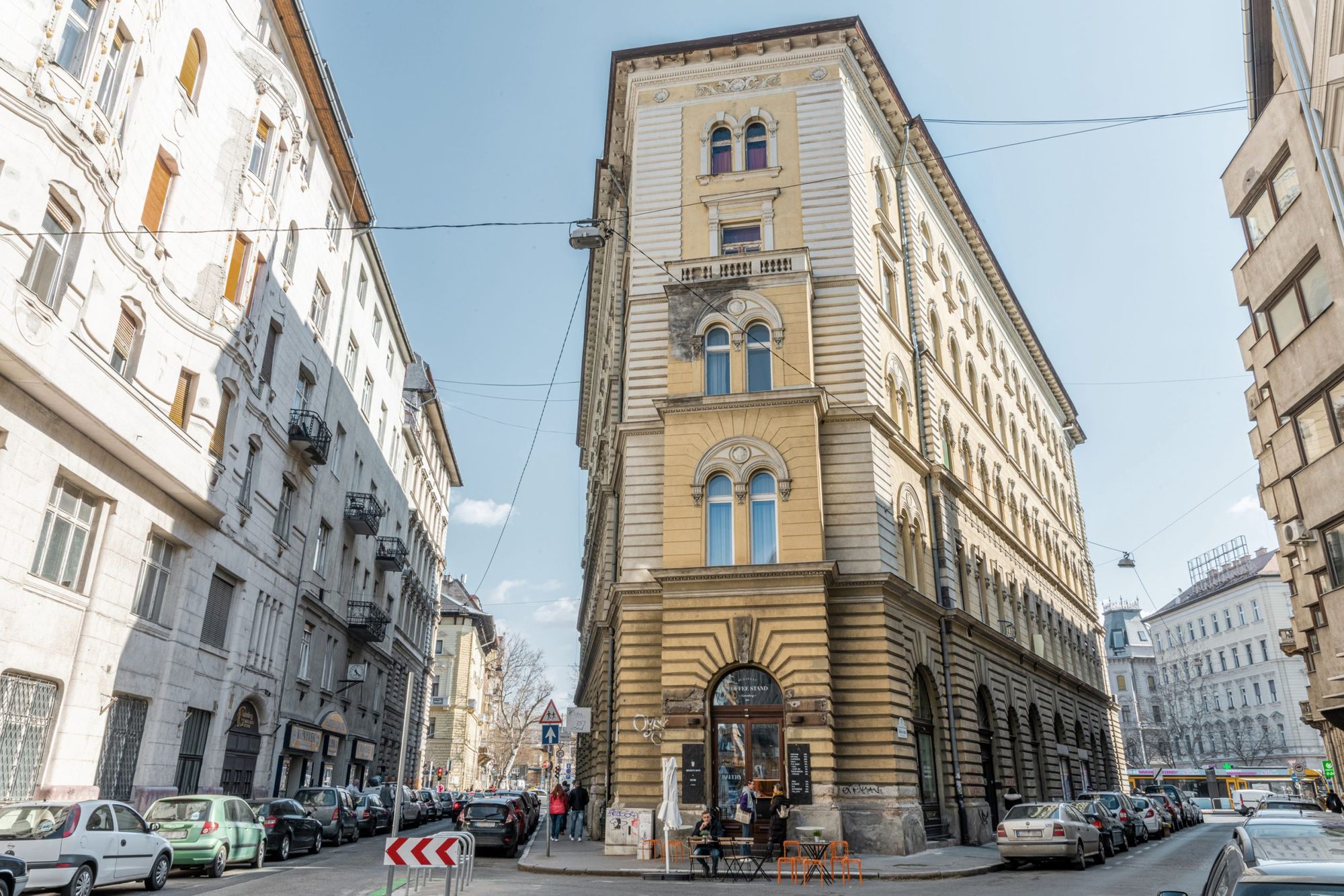
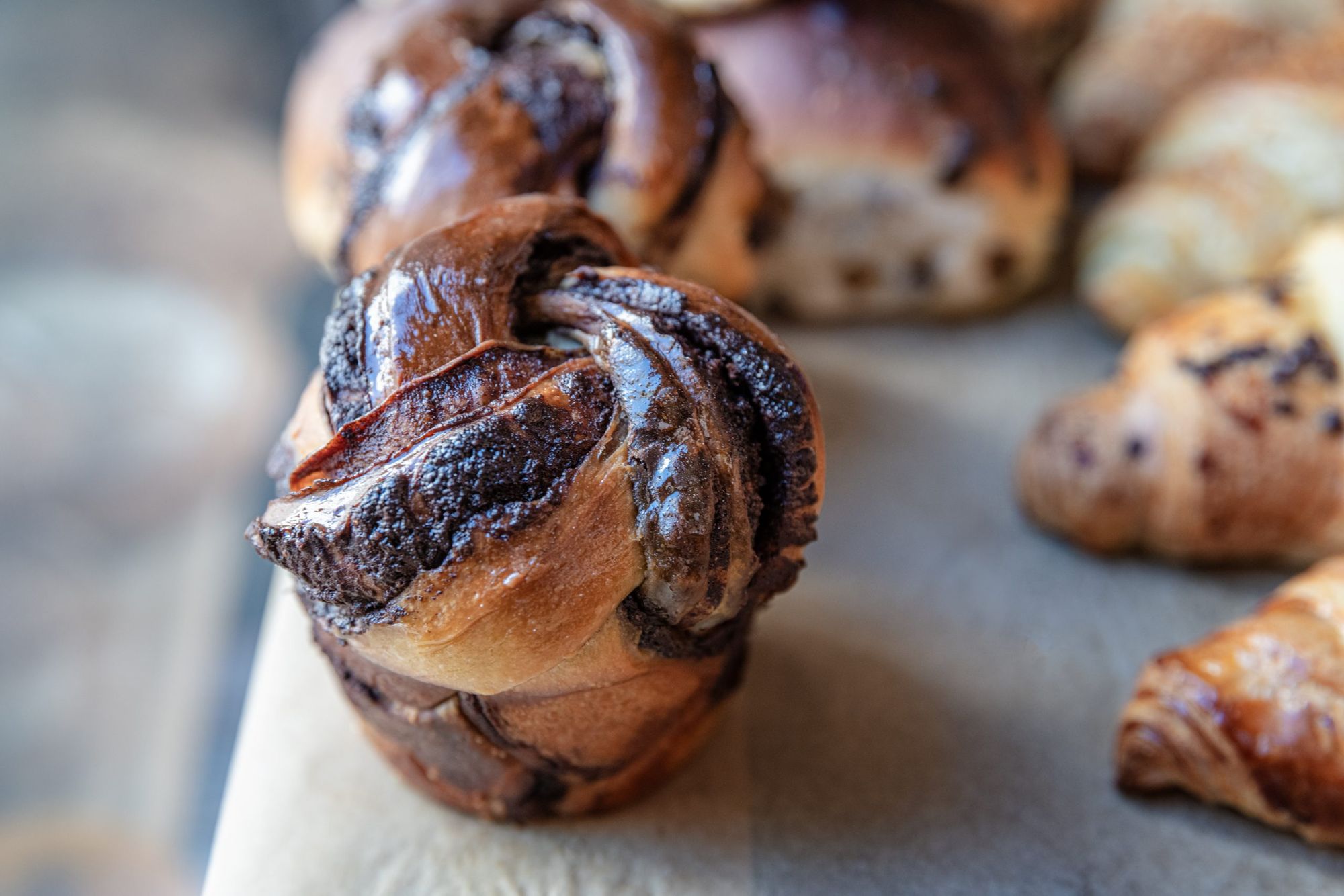
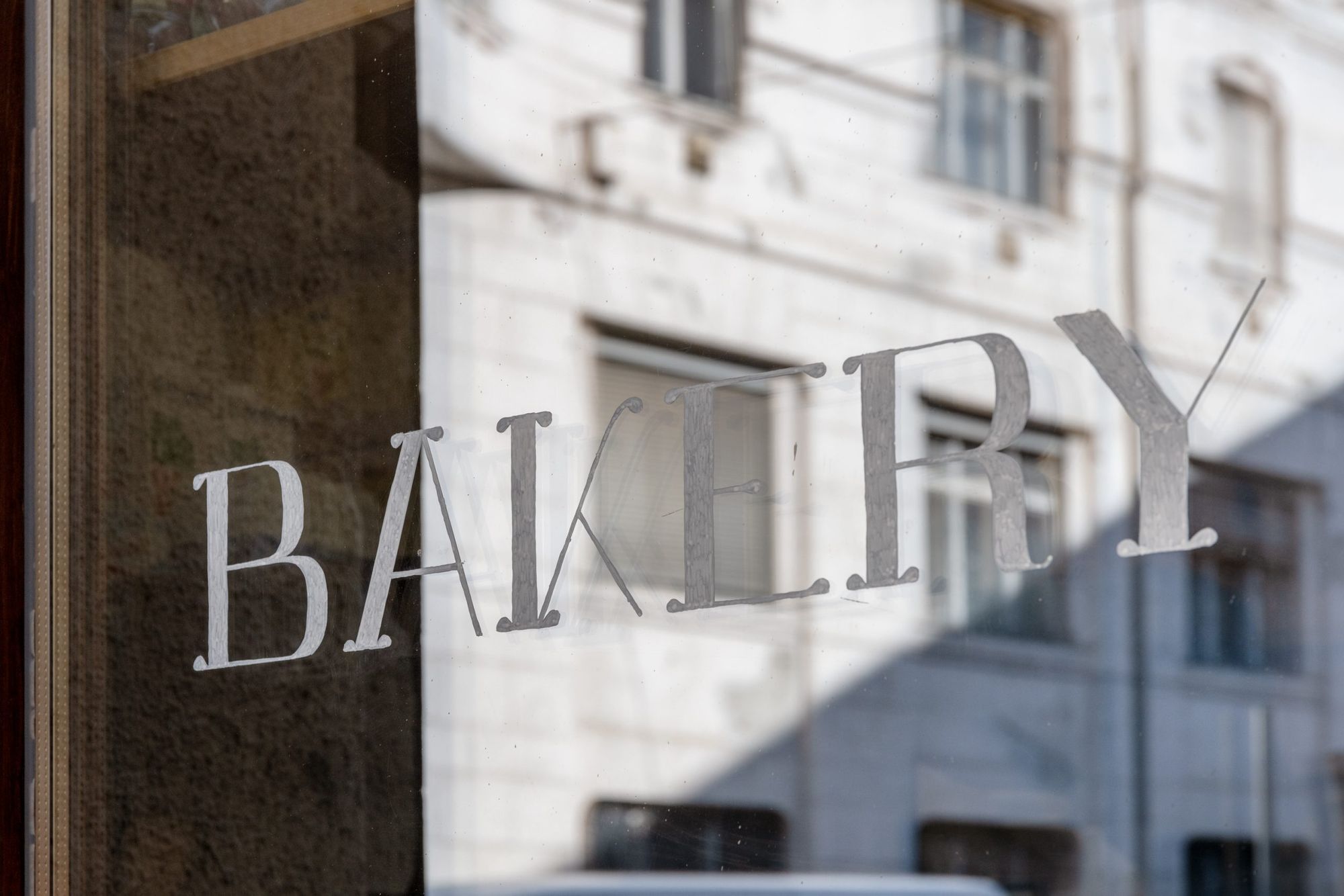
Budapest Coffee Stand | Facebook | Instagram
Gerlóczy Café
1052 Budapest Gerlóczy Street 1.
I first came across a bit of Paris in Budapest when I was at the extremely successful Alma Nomad Bakery at the unremarkably named Kamermayer Károly Square years ago. The bakery has moved to Madrid since then. Back then, as well, the terrace of the Gerlóczy Café was crowded with people enjoying a glass of wine—a lovely, yet a little surreal picture on a random Friday morning. Time has passed, Covid came along and Gerlóczy closed down. Yet it has a long history, having started back in 2004; the hotel above it opened 4 years later. But the new beginning has also brought a new impetus. As there was a demand for it, the owners wanted a bit of a style update, but not in an urban or Scandinavian way.
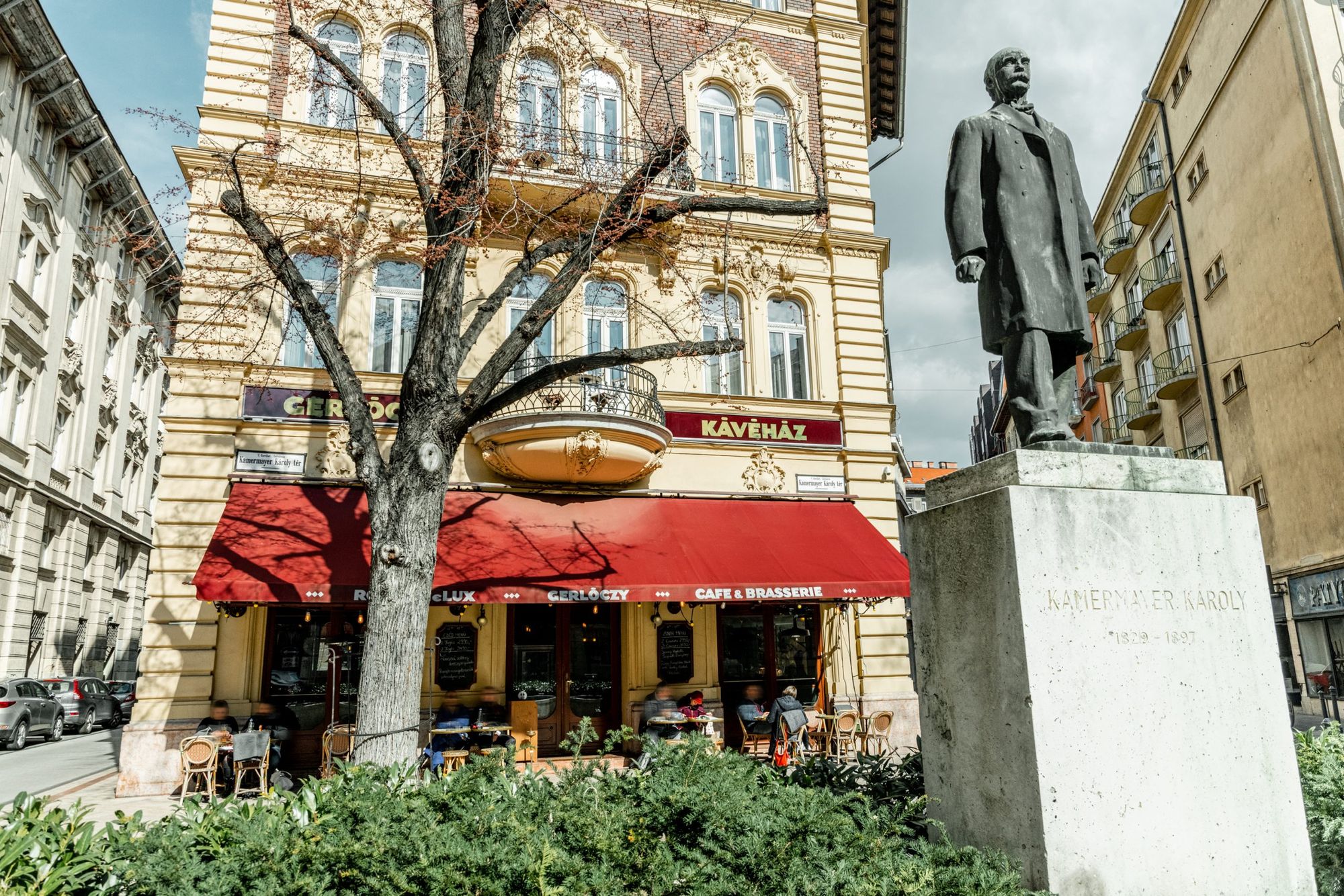
Keeping the original trademarks, the interior was slightly changed and a daring, cosmopolitan, yet traditional menu was created, which put the Hungarian cuisine in focus with the help of chef Attila Nagy, who might be familiar from BoriMami restaurant in Gyöngyös. In addition, Gerlóczy is now ranked as a “boutique hotel” with 19 rooms above the café. The place shows its character at all times of the day—with hearty, cosmopolitan breakfasts at the start of the day and eye-catching, exquisitely presented dishes at lunchtime and in the evening.
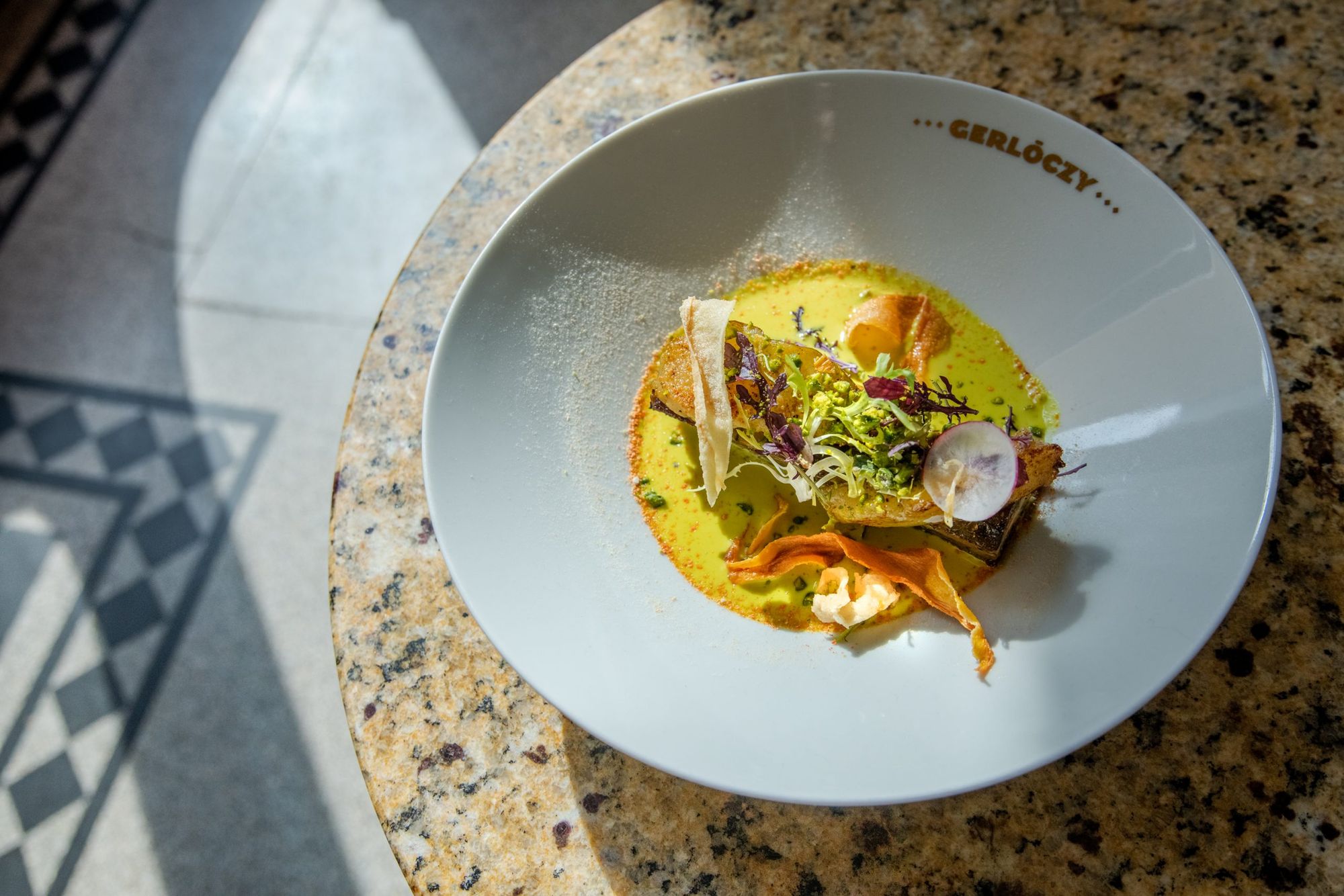
The duck liver terrine with smoked duck breast and quince is a hit for a starter, but the vegan vegetable gratin with pickled pears and turmeric sauce is practically an edible symphony, one of the best dishes I’ve tried recently. All that’s missing is afternoon coffee and a pastry, but luckily, Gerlóczy Café doesn’t let us down in that aspect, either; their Eszterházy cake brings out the sunshine even on a gloomy day.
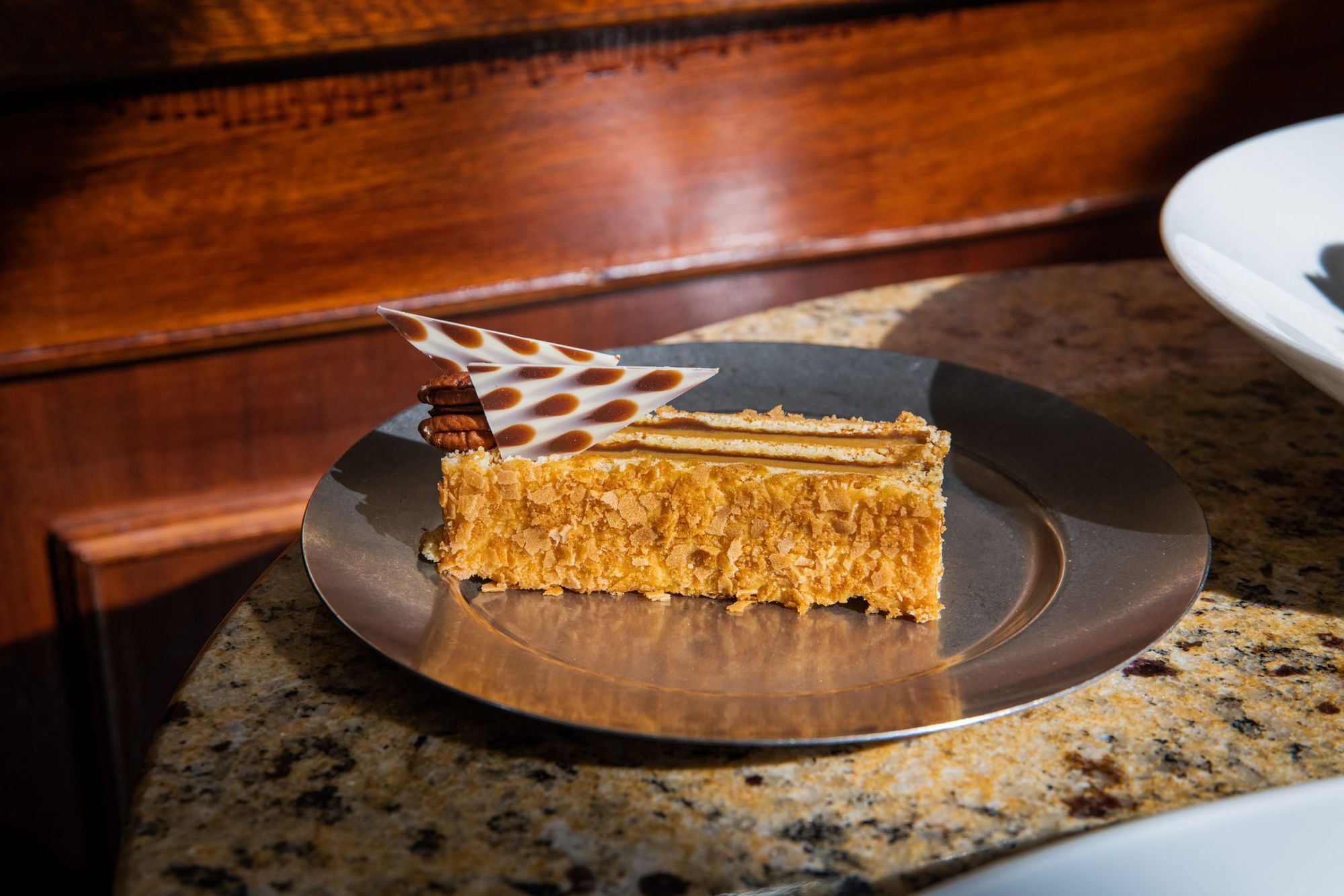

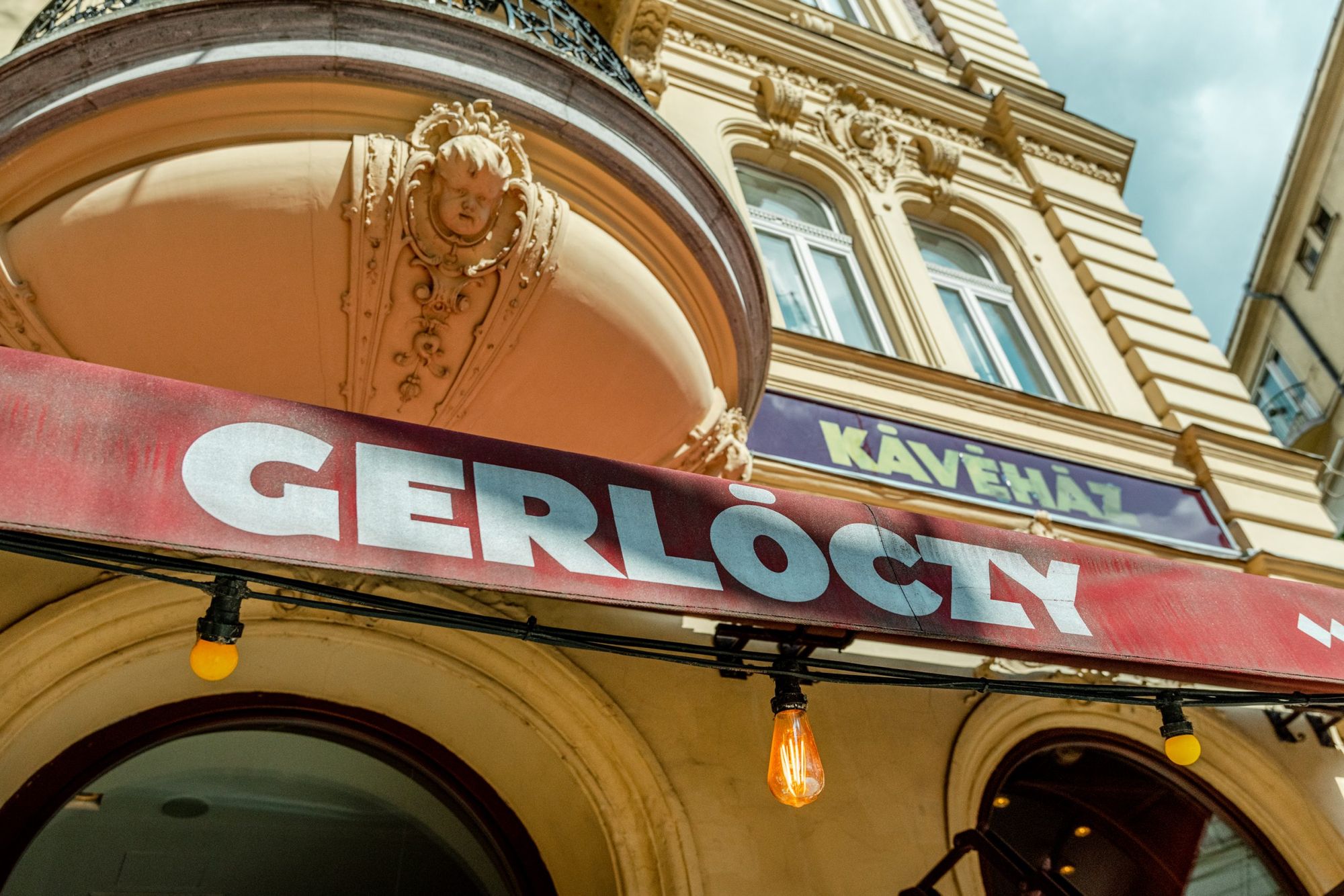
Gerlóczy Café | Web | Facebook | Instagram
QUÍ 貴
1051 Budapest Arany János Street 13.
From noisy adolescence to conscious adulthood—this is the coming-of-age story of QUÍ, opened in 2020. The founders, originally fashion designer Anh Tuan, textile artist Nguyen Thuy Phuong and hairdresser Song Tao Wang, go way back, and demonstrated the versatility of the Far Eastern gastronomy several times; the lively Sáo in Gozsdu udvar and the more bistro-like KHAN in Újlipótváros are also their babies. Their intent was the same in each case: showing the colorful, yet universal nature of the Eastern Asian cuisine and the thousand layers of even the most traditional dish. QUÍ is the next chapter, and it has the same seriousness that has emerged over the years in the trio’s personality. They were joined by their friend Daniel Regős, and together they dreamt up a place that could serve as a new home for guests, employees and themselves. They truly became a family, along with 60-70 employees who had started a new life away from home and for whom they were responsible.

Even though there are crowds of tourists around the Basilica of Budapest, this restaurant is clearly intended for Hungarian guests, as a meeting and resting point in the busy everyday life. The interior itself is modeled on an oriental pagoda, with a consecrated 19th century Buddha shrine, rough wood and stone surfaces. Most things were delicately handcrafted over many months, including the chairs, which bear stylistic hallmarks of the Bauhaus style and Ming dynasties (and among which we can find an actual Bauhaus chair). The ceramic animals in the display cases are also relics—the space radiates love and care, being a guest here is like accepting a warm invitation to join someone’s family.
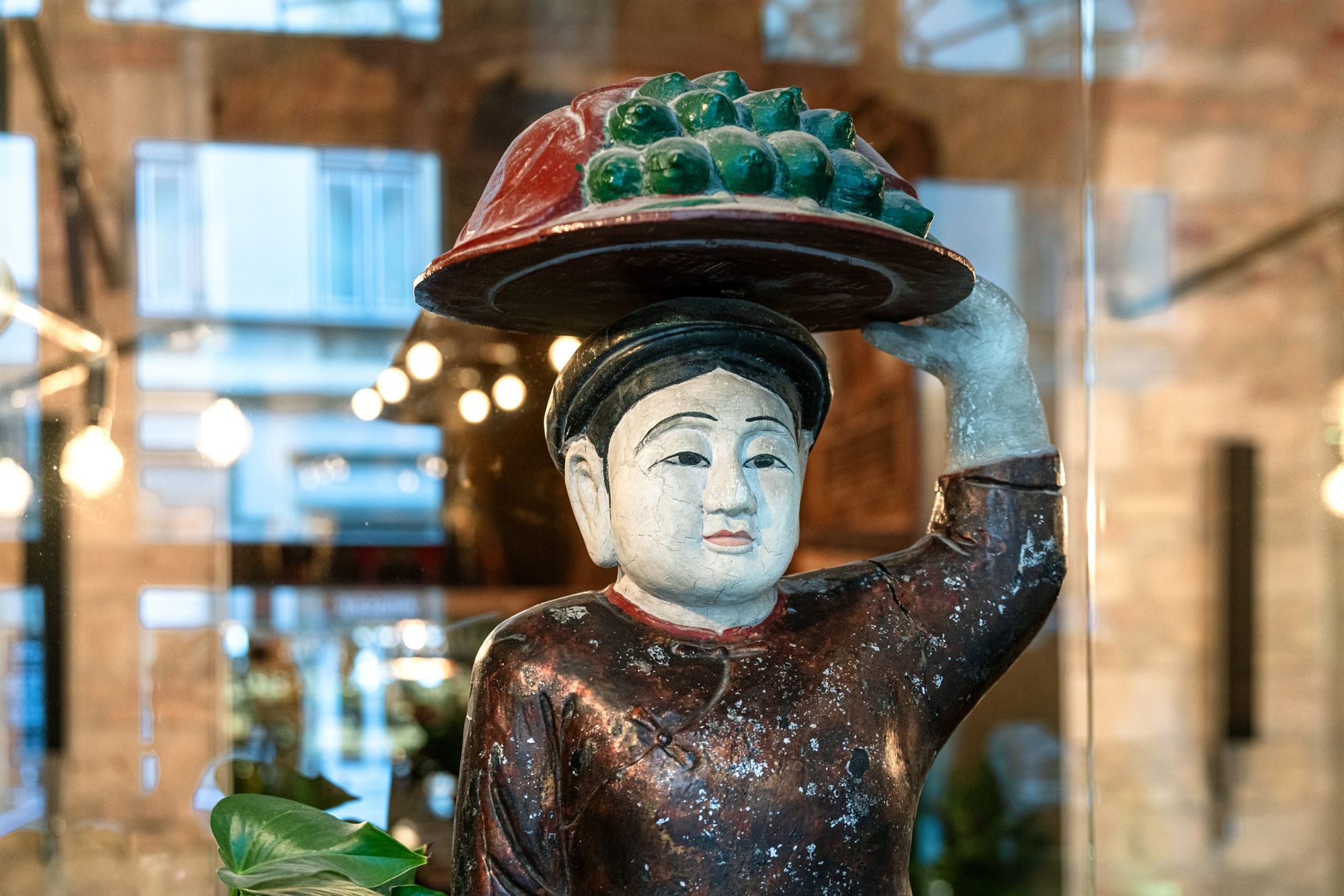
Regarding the dishes, we can not only find the tastes of Hanoi, but that of the Chinese and the Thai cuisine, as well. It would be difficult to draw a clear line between these cuisines anyway, as there is a lot of overlap and similarity, with only minor differences, such as different spices and vegetables. The menu is therefore quite long, but the categories are transparent. In addition to the various bundles or tempura vegetables (e.g. lotus root, perilla), you can enjoy a harmony of exotic fruits in the pomelo salad, for example, which is an incredibly fresh dish, a real spring choice. For those who prefer a more soupy dish, there’s the classic warming pho, or the coconut milk tom yum and tom khaa, or the kuay tiew tom yum enriched with rice noodle, or even the Thai curries with four levels of spiciness, which are similar in name only to their Indian cousin. The pad thai or wok dishes are also highly recommended, as they all have a modern twist while building in fresh herbs and sauces like puzzles. And the cocktail lemonades will simply make you smile. We recommend you to ask for several courses, put them in the middle and nibble into small bowls, just like at the mezuzah places—it’ll make the meal a real experience.
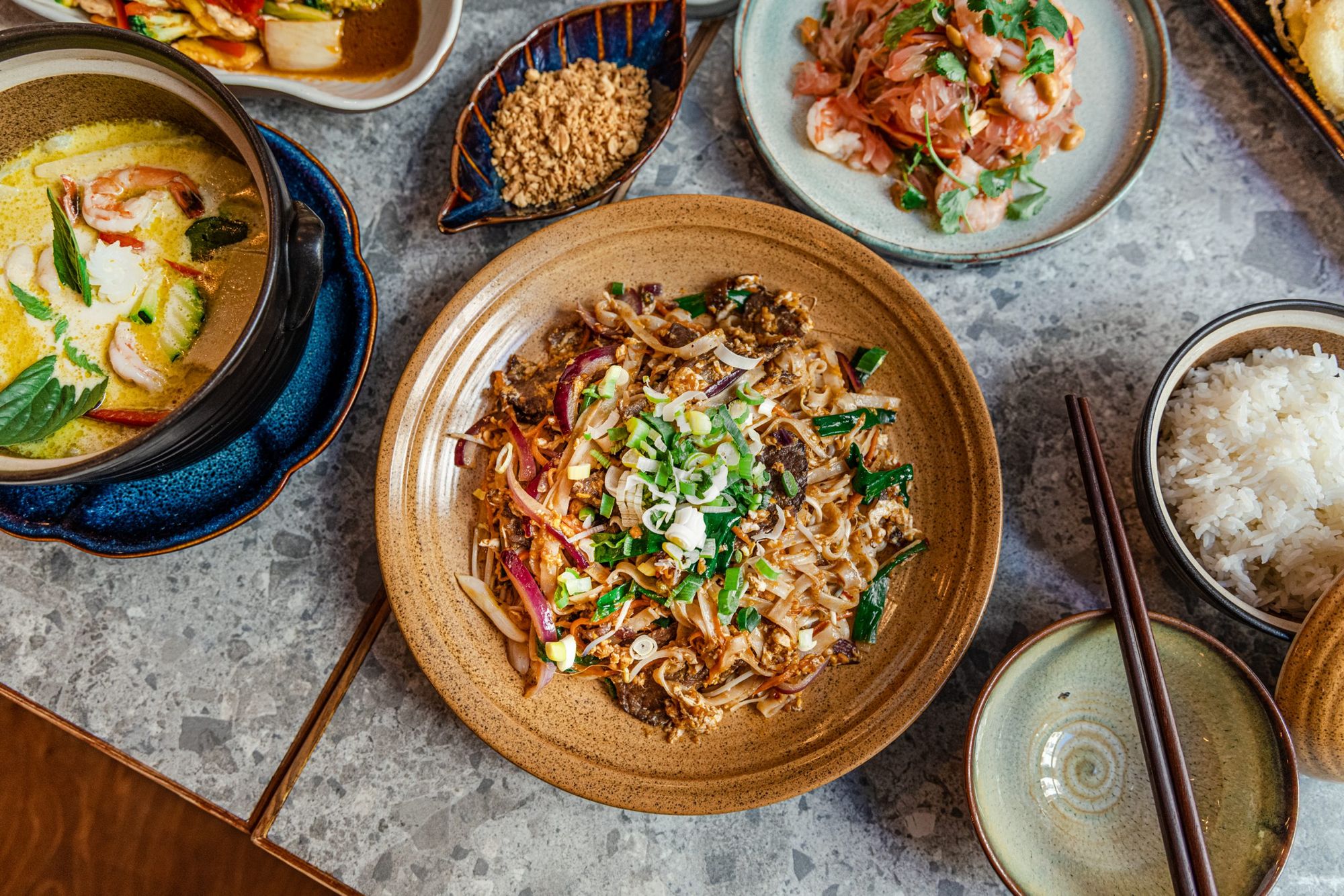
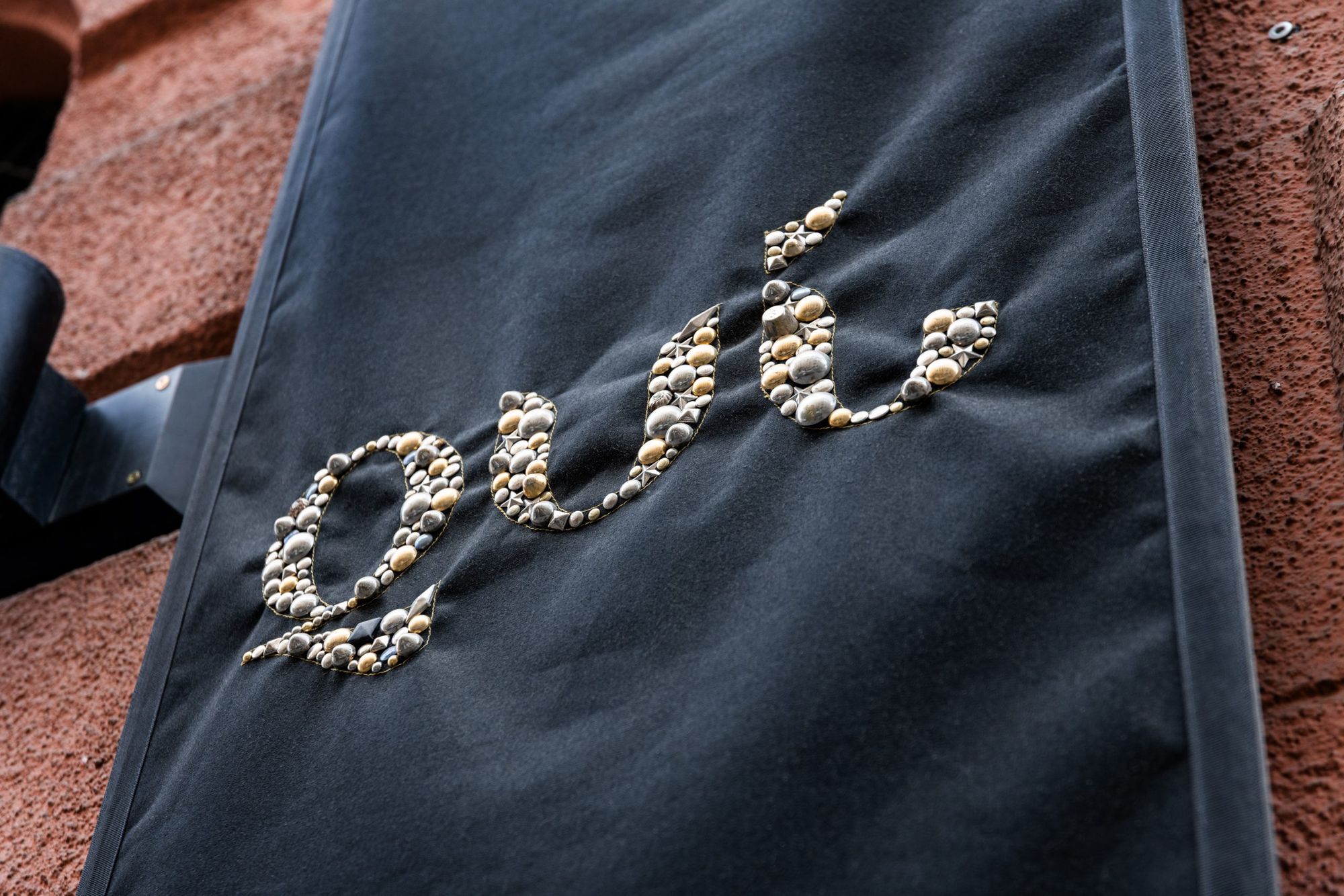
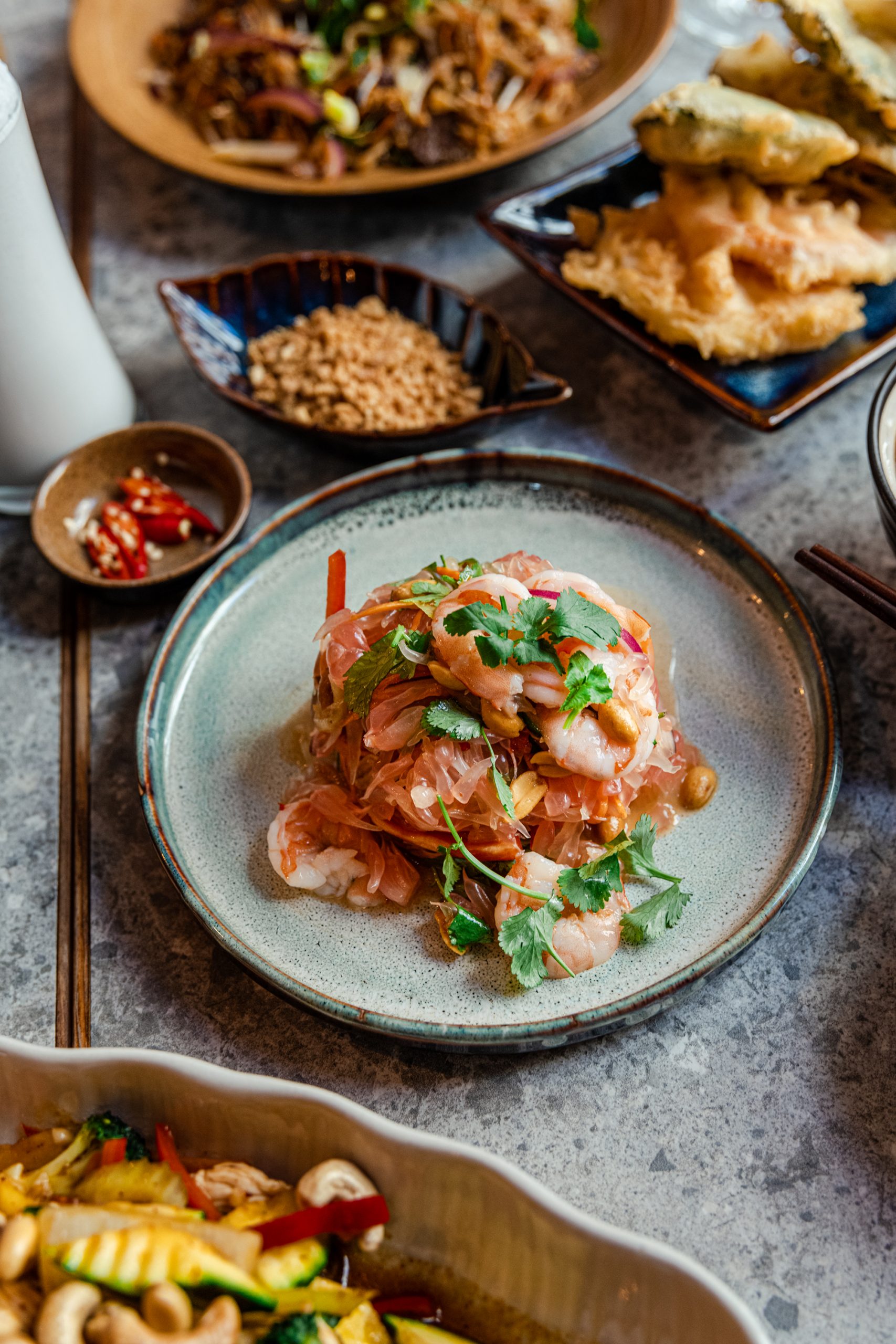
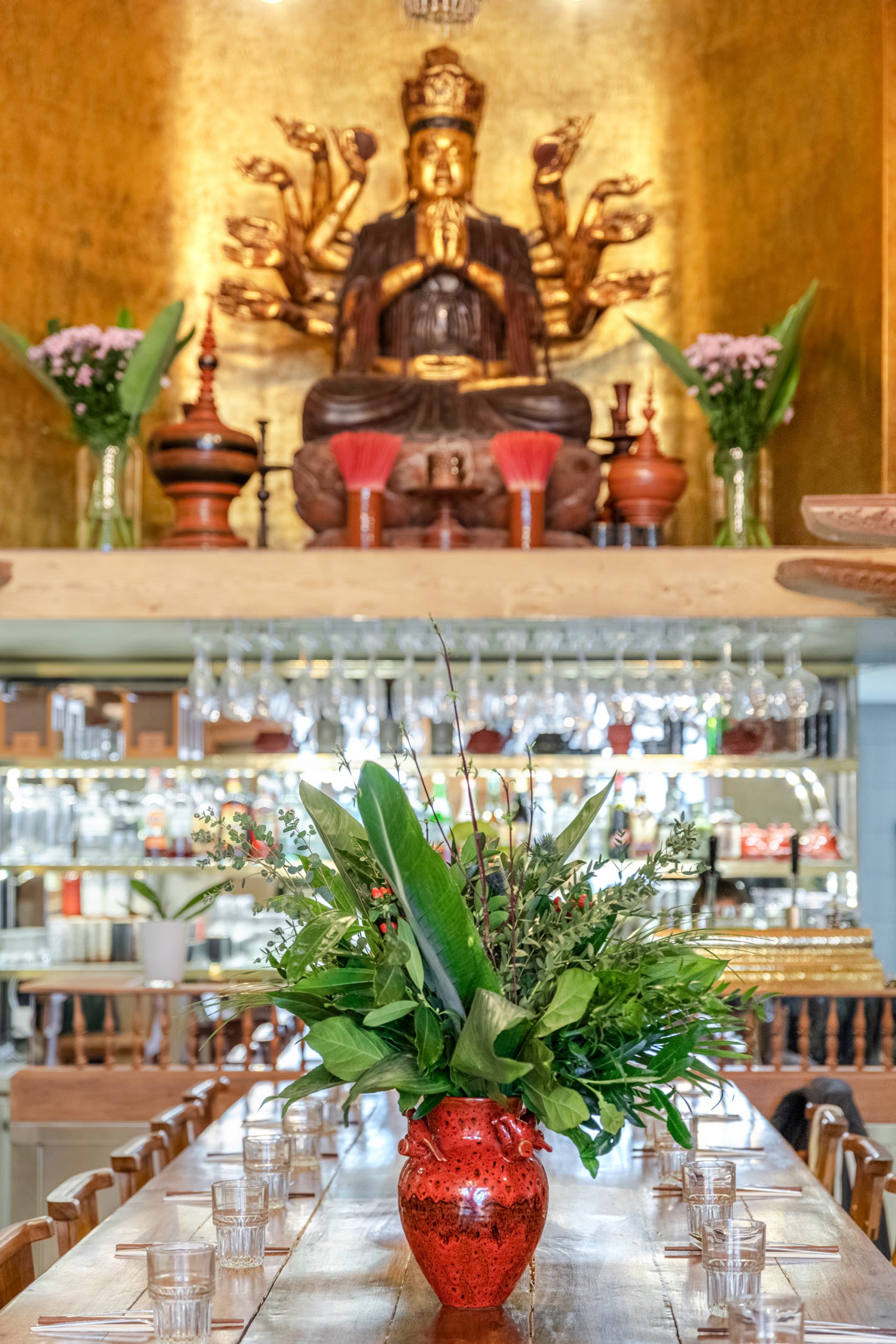
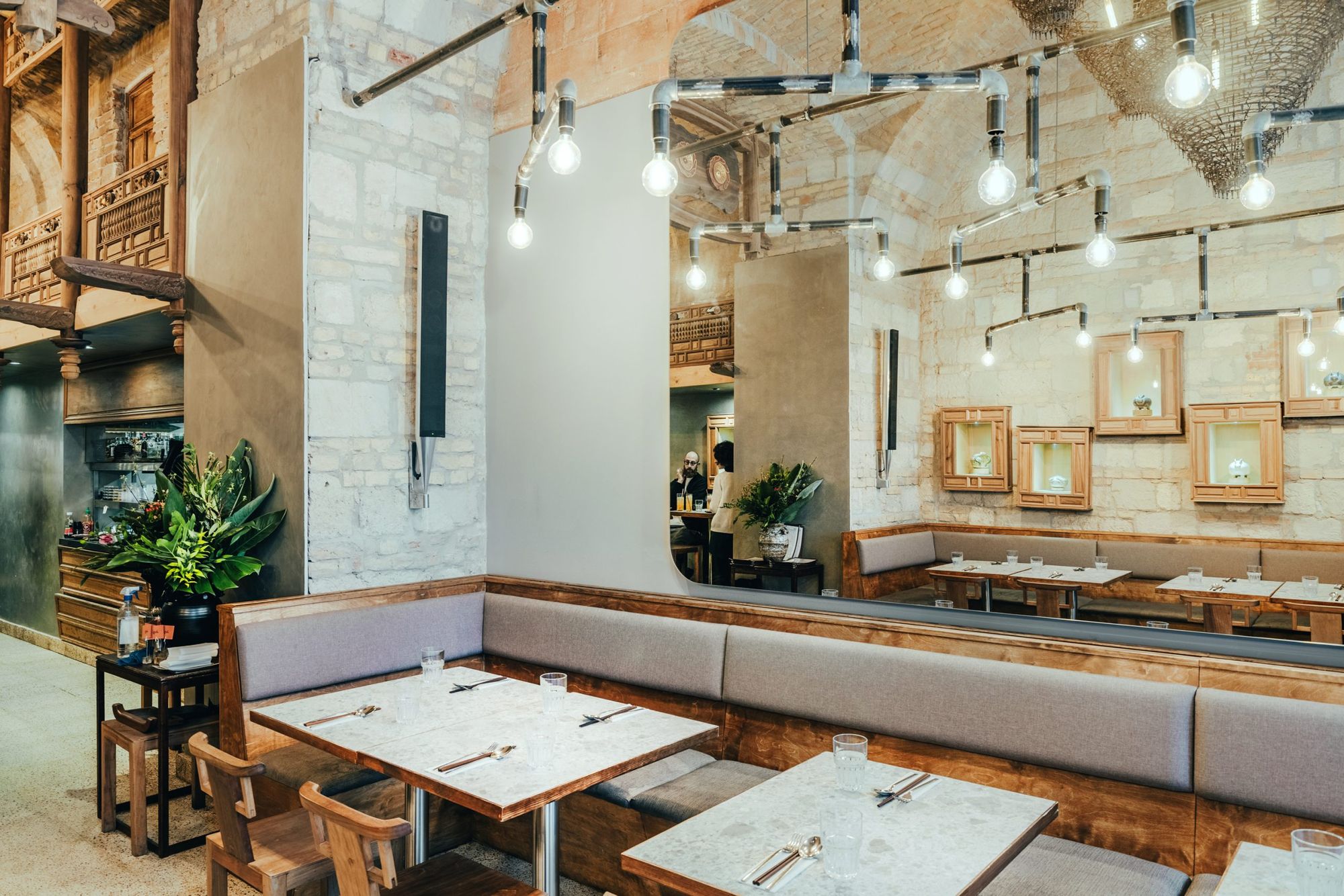
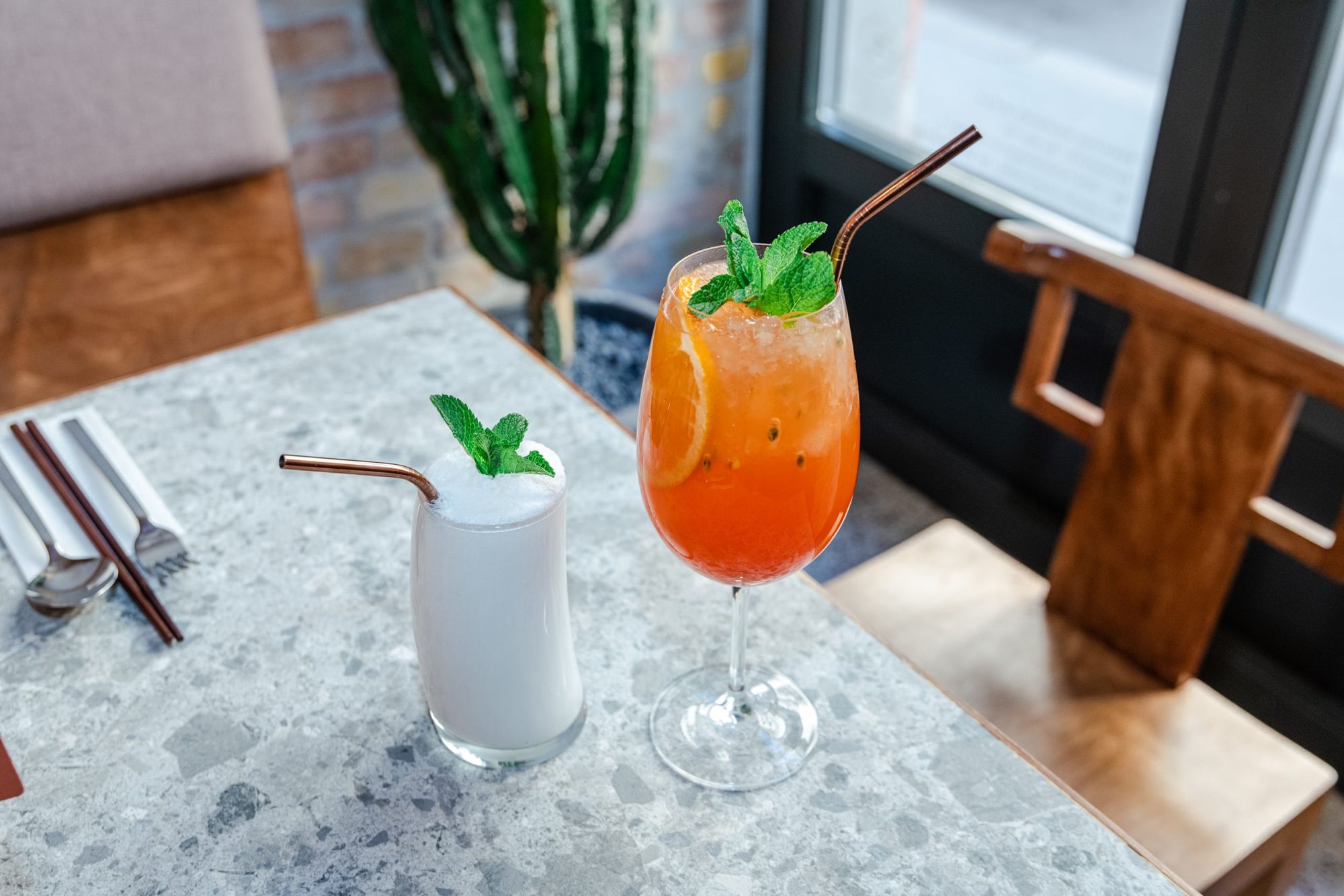
Photos: Krisztina Szalay
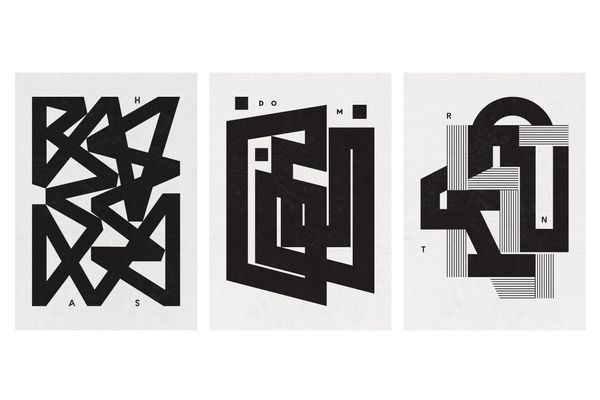
How would a Brutalist building or sculpture look if they were to take shape as letters?

Our region shows adjustability in changing circumstances | Economist about the effects of Russian-Ukrainian war
